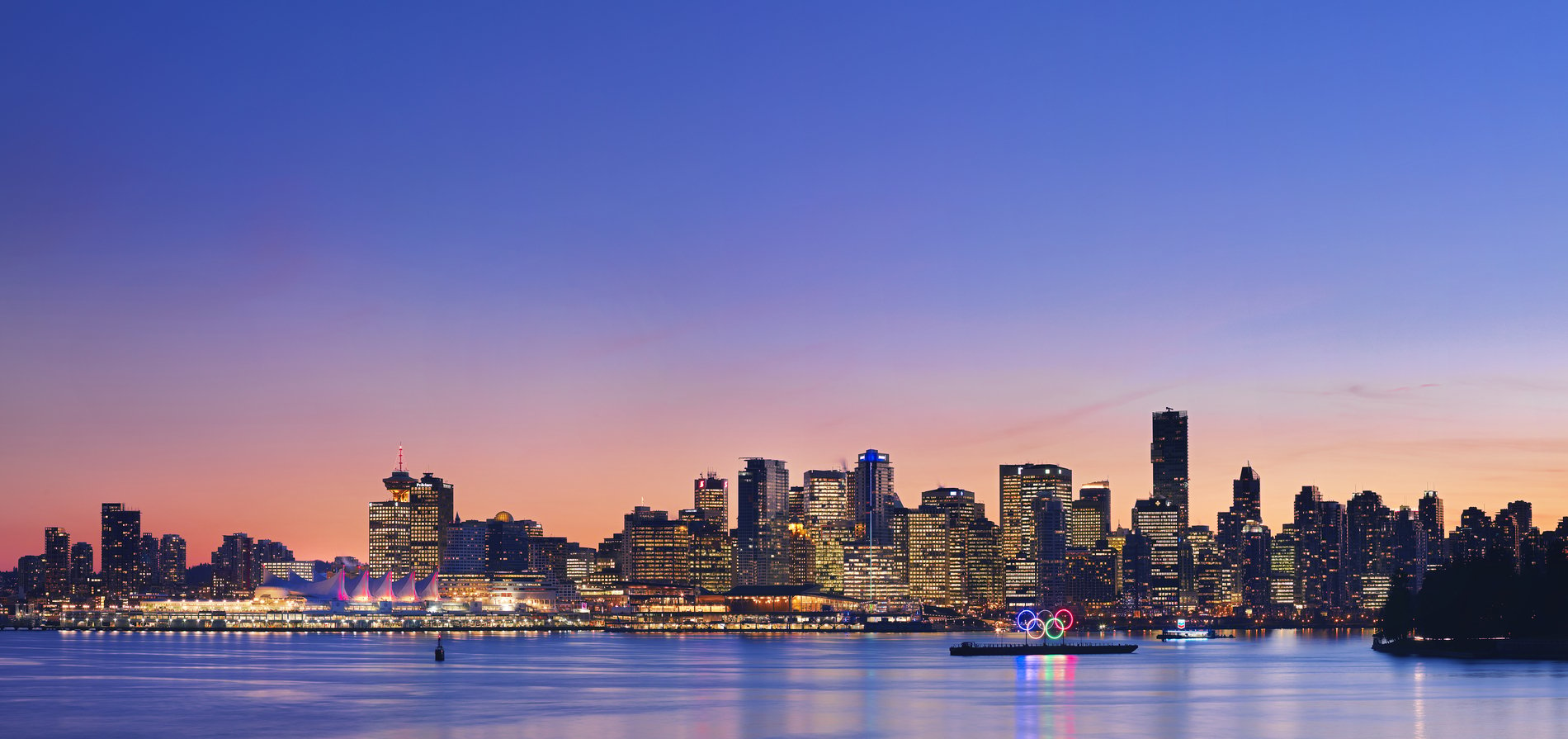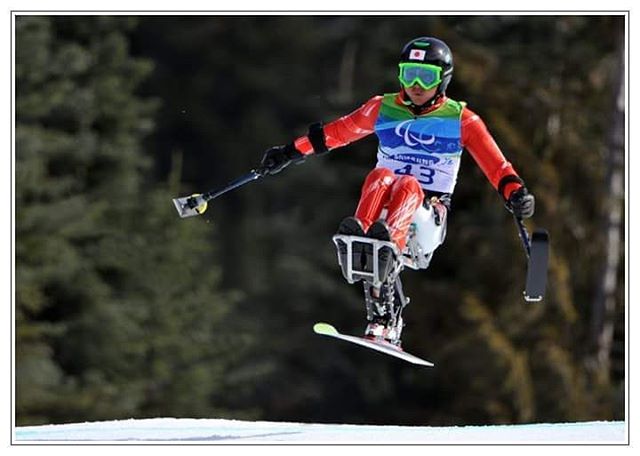2010 Anniversary Celebration
The Vancouver 2010 Winter Olympic and Paralympic Games united and inspired the world with the power of sport.
View all the 10th anniversary public events taking place in communities across BC.
See Events
My, how time flies. This year marks the 10-year anniversary of the Vancouver 2010 Winter Olympic and Paralympic Games, a unifying event in our city’s history that brought with it plenty of excitement and hometown pride. From the opening of the Winter Olympic Games on February 12 to the closing of the Paralympic Games on March 21, Vancouver, Whistler, and Richmond were buzzing with locals and visitors celebrating and building memories.
The legacy of the Games lives on in purpose-built and renovated venues, transportation upgrades, a spotlight on accessibility and adaptive sport, and a deeper connection to BC’s Indigenous peoples. Here are our suggestions if you want to relive—or experience for the first time—the thrill of Vancouver 2010.
In Vancouver, you can recapture the energy of the Games at one of several locations around the city. A great place to start is the waterfront in Coal Harbour. This busy spot is home to the beautiful Vancouver Convention Centre, which served as the Main Media Centre during the Games. Today, the concourse connecting the convention centre’s East and West buildings is home to an Olympic Legacy Display featuring medals, torches, and a medals podium from 2010. Just outside the West building is Jack Poole Plaza, permanent home to the 10-m (33-ft) high Cauldron, the perfect place for a commemorative selfie.
Walk along the southeast side of False Creek to see where Olympic and Paralympic athletes took up temporary residence ten years ago. Olympic Village is now a sustainable, mixed-use community with residential units, parks, shops and restaurants. Ten minutes south, Hillcrest Centre—known in 2010 as the Vancouver Olympic/Paralympic Centre—hosted the popular curling and wheelchair curling events. Today you can swim, skate, work out, and more at this award-winning, environmentally conscious facility.
To get to Whistler from Vancouver, drive 90 minutes north up the ultra-scenic Sea-to-Sky Highway, which was upgraded for the Games. Along the route, you’ll see signs with place names both in English and in local Indigenous languages. Vancouver 2010 was the first time a local Indigenous people have partnered with the Olympic and Paralymic organising committee to host the Games.
The Four Host First Nations—the Lil’wat, Musqueam, Squamish, and Tsleil-Waututh—have inhabited this area since time immemorial, and the seven informational kiosks placed along the Sea-to-Sky share the history and legends of the Squamish and Lil’wat nations. This cultural journey culminates at Whistler’s stunning Squamish Lil’wat Cultural Centre.
Sea-to-Sky Highway - Blake Jorgenson | Squamish Lil'wat Cultural Centre - Blake Jorgenson | Whistler Inukshuk - @zenonaplane
After learning about the area’s first inhabitants, it’s time to fly down a sheet of ice at 125+ km/hr (78 mi/hr) at the Whistler Sliding Centre. In the winter months, you can slide like an Olympian in a four-person bobsleigh steered by a trained pilot down the world’s fastest track. Or if you’d rather be in control of your own destiny, how about a head-first ride on a tiny sled at speeds of up to 100 km/hr (62 mi/hr) on the Public Skeleton.
West of Whistler Village (access is off the Sea-to-Sky Highway south of town), Whistler Olympic Park is another must-visit venue that will take you back to the excitement of the Games. In addition to exploring a vast network of cross-country and snowshoeing trails (hiking and biking routes in the summer), you can test your marksmanship with a biathlon lesson, a combination of Nordic skiing and target shooting.

Sit-Skier at the 2010 Paralympic Winter Games | @damirsencar
The legacy of the Paralympic Winter Games can also be felt in the adaptive sport programs offered around the province. Whistler Adaptive Sports offers programs for beginners as well as for elite athletes with mobility, sensory, and cognitive disabilities.
Richmond is home to the Vancouver International Airport, a major entry point for visitors to BC. From the airport, head into Vancouver or to central Richmond on the Canada Line, an Olympic & Paralympic Games legacy. While you’re here, visit the visually impressive Richmond Olympic Oval to see where three Olympic speed skating records were set. Today the Oval is the place to be for active locals: ice skate, work out, take a fitness class, learn a new sport, or try indoor climbing.
Vancouver International Airport - Tourism Richmond | Richmond Olympic Oval - Tourism Richmond | Richmond Olympic Experience - @rmdolympicexp
Perhaps the most compelling reason to visit, however, is the interactive Richmond Olympic Experience, Canada’s only Olympic museum. Watch Pursuit of a Dream, a moving short film about aspiring Olympic athletes, learn about some of Canada’s best-known Olympic athletes, and don’t leave without testing your own athletic prowess on the sport simulators. Get your inner Olympian on as you kayak down a raging river, glide along a bobsleigh track, schuss downhill on a sit ski, and more.
The Vancouver 2010 Winter Olympic and Paralympic Games united and inspired the world with the power of sport.
View all the 10th anniversary public events taking place in communities across BC.
See EventsSee what's happening now with these recent posts.
Visitors to British Columbia can arrive by air, road, rail, or ferry.
Visit TodayFive-star hotels, quaint B&Bs, rustic campgrounds, and everything in between.
Rest Your Head

 2010 Winter Games Cauldron | @sabbiechoi
2010 Winter Games Cauldron | @sabbiechoi
